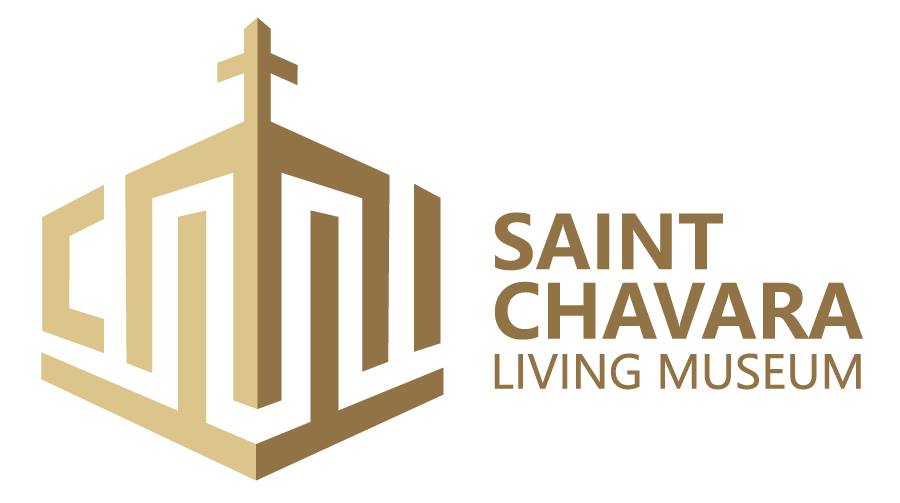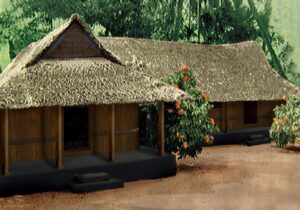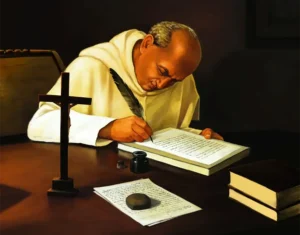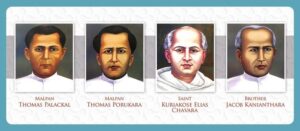About
St. Chavara Living Museum is a one-of-a-kind space dedicated to the history and accomplishments of the Carmelites of Mary Immaculate (CMI) and its founder, St. Chavara. To achieve this identity, a strategic vision concerning the narrative theme and presentation is developed. Modelled as a hybrid museum, the narrative theme will be presented to the visitors through selective usage of modern digital technologies/exhibits and traditional display/exhibit techniques.
The narrative theme captures the social, educational and religious background of the State of Kerala from 1800 AD to the Modern days and tracks the birth and emergence of CMI and Saint. Chavara. The narratives will take the visitor through the formation of the congregation, its contributions, historical importance along with the life and times of St. Chavara.
Saint. Chavara Living Museum is presented as a narrative theme-based museum built on the power and strength of storytelling. Curated from the historical essays and notes provided by the CMI, the narrative content is developed to connect with the audience through storytelling.
Museums are centres that increase knowledge and expose us to histories that are new or away from the mainstream. As we explore our shared history with the larger world, it is important not just to passively observe but to engage with its history as it is highly relevant today. A dynamic and engaging display system combined with the passionate language of the congregation & St. Chavara will be the culmination of a memorable experience. This museum is dedicated to the Founding Father of the Carmelites of Mary Immaculate (CMI), St. Kuriakose Elias Chavara (1805-1871). As one of the largest Christian congregations in the country it is important to note the contributions of its founder and members towards fulfilling its mission. This document is a detailed report and list of the entire museum project from idea to execution. Beginning with an abstract and summary, which will speak about the kind of museum this will be to the context and history of the collection, the detailed project report is meant to give anyone reading it the full picture of this Living Museum.
The proposed museum at Saint Chavara Pilgrim Centre, Mannanam, Kottayam will be designed to offer cutting-edge technology & engaging narrative to enthral and educate the audience about the History & Relevance of the CMI and its founding father, St. Chavara. It is a Narrative Museum that showcases ephemera as well as archival material to tell this aspect of the congregation and St. Chavara. This detailed project report presents a vision for the design & execution of a modern museum project at St. Joseph’s Press situated at Saint Chavara Pilgrim Centre in Mannanam. It explains the steps to be taken and elaborates on the concept of setting up the museum.
Saint Kuriakose Elias Chavara was born on 10th Feb. 1805 of God-fearing parents Iko (Kuriakose) Chavara and Mariam Thoppil of the Syro-Malabar Church, at Kainakary, near Allappuzha, Kerala. According to the local custom the infant was baptized on the 8th day in Chennankari Parish Church, Alappuzha.
From the age 5 to 10, he attended the village school (Kalari) to study languages, different dialects, and elementary sciences under the guidance of a Hindu teacher (Asan). Inspired by the desire to become a priest, he began studies under the parish priest of the church of St. Joseph. At the age of 13 in 1818 he entered the seminary at Pallipuram where Malpan Thomas Palackal was the Rector. He was ordained priest on 29th November 1829 at Arthunkal and celebrated his First Holy Mass at Chennankari Church. After the ordination he was engaged for some time in pastoral ministry; however, he soon returned to the seminary to teach and also to officiate for Malpan Thomas Palackal during his absence. Thus, he joined Malpan Thomas Porukara and Malpan Thomas Palackal when they were planning to found a congregation.
The feast of Saint Chavara is celebrated with great devotion and solemnity every year from December 26th to January 3rd
He was also first to edit and publish the East Syrian Breviary, and through his efforts Syriac was first printed in Kerala
The Congregation of the Carmelites of Mary Immaculate (C.M.I) had its beginnings in the first half of the 19th century. When two zealous priests, Fr. Thomas Palackal and Fr. Thomas Porukara of the Vicariate Apostolic of Verapoly in Kerala, India sought to live in retirement and prayer, their Ordinary, the Vicar Apostolic, Bishop Maurilius Stabilini advised them to find a religious house so that they might do good to the people. This was in 1829 AD.
On May 11, 1831, a small house was started at Mannanam in the then Travancore State. Some more priests and clerics joined the Founding Fathers, and thus a small religious community took shape.
Blessed Kuriakose Elias Chavara (whose beatification was on February 8, 1986), who was a devoted disciple of Fr. Palackal, had associated himself with the religious community from its very beginning. On December 8, 1855, the religious congregation was canonically erected. Since then, the name of Mary Immaculate has been invariably attached to the title. Blessed Chavara, the only surviving founder, was appointed the first Superior of the Congregation.
Since during the early period of this Religious Congregation the Vicars Apostolic of Verapoly were Carmelites and Carmelite missionaries were guiding the new religious community, the Carmelite influence was there from the very beginning of the Congregation. The rules of the Carmelites with some modifications were given to them in 1855. In 1861 the Community was affiliated to the Order of Carmelites with the title T.O.C.D. (Third Order of the Carmelites Discalced).
The Constitutions were approved ad experimentum by the Apostolic See in 1885. In 1958 the name was changed to C.M.I. (Carmelites of Mary Immaculate). The Congregation was granted pontifical exemption in 1967.



